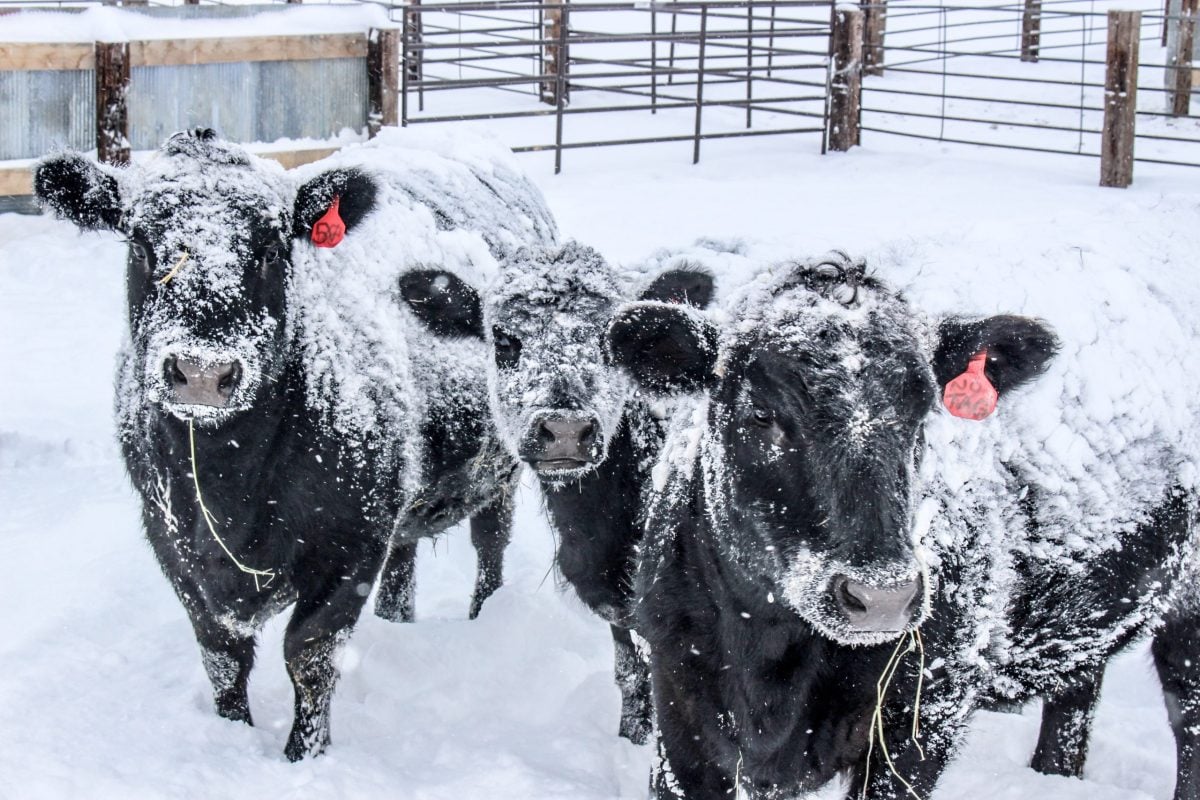Glacier FarmMedia | MarketsFarm — Canadian pulse exporters have plenty of experience dealing with shifting trade policies from India, but increased tariffs from closer to home could alter export movement in 2025.
United States President-elect Donald Trump announced he would impose 25 per cent tariffs on all imports from Canada and Mexico when he takes office on Jan. 20. While canola futures fell sharply as a result on Nov. 26, as the U.S. is the largest importer of canola oil, the country is also a major destination for several pulse crops.
Read Also

U.S. livestock: CME cattle futures rise on expectations of tight supplies
Chicago | Reuters – Chicago Mercantile Exchange cattle futures climbed on Wednesday as market players anticipated tighter cattle supplies in…
Edible bean movement would feel the brunt of U.S. tariffs, as large amounts of Canadian beans are shipped south for canning. The U.S. accounted for about a third of the 408,000 tonnes of edible beans Canada exported in 2023/24, according to government data.
The U.S. is also a top destination for Canadian chickpeas, taking 20 per cent of Canada’s total exports in the past crop year.
Before the tariff announcement, Agriculture and Agri-Food Canada was forecasting lower average prices for both chickpeas and edible beans in 2024/25 due to increased North American supplies. It remains to be seen what Trump’s proposed tariffs will mean for prices going forward.
Large calibre kabuli chickpeas were trading at around 40 to 45 cents per pound as of Nov. 25, reported Prairie Ag Hotwire. That’s about 10 cents per pound below levels at the same point a year ago.
Nearby pinto bean prices also top out at 45 cents per pound, about 12 cents below levels in November 2023. Black beans, at 57 cents per pound and navy beans as high as 55 cents per pound are on par with year-ago levels.
















